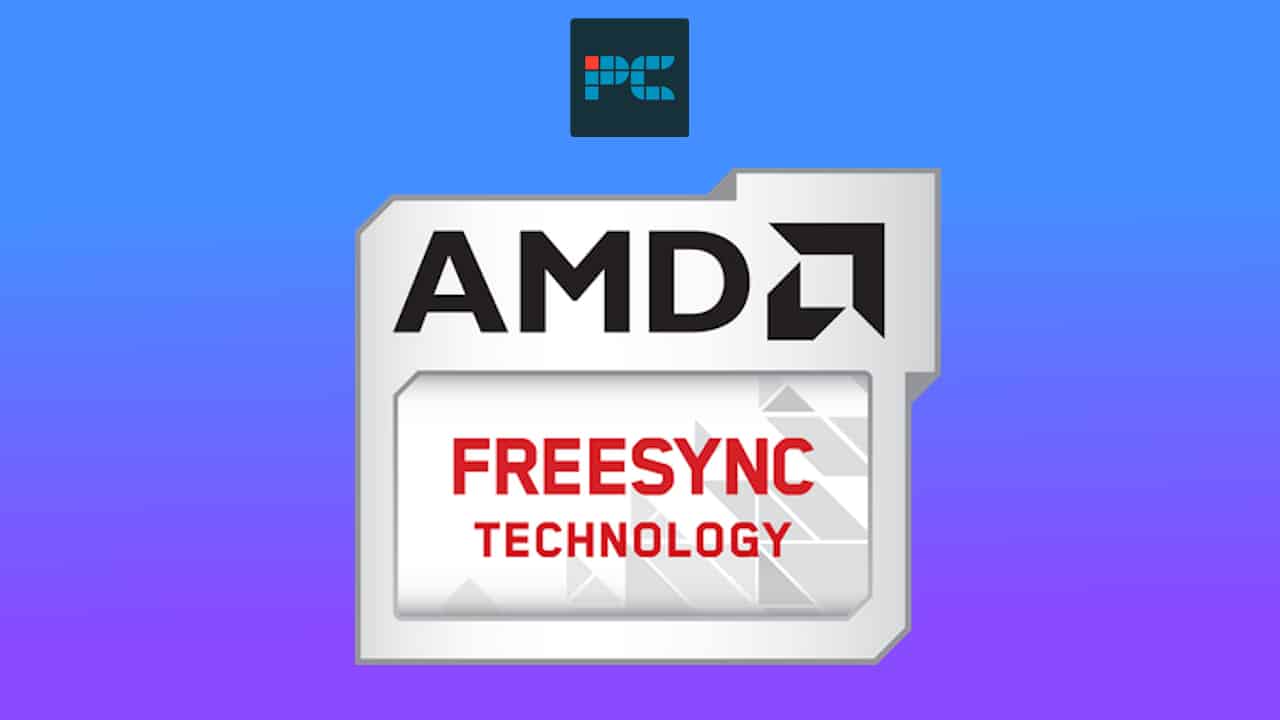AMD FreeSync has finally updated the minimum requirements to match today’s standards

Table of Contents
FreeSync, since hitting the stage in 2015, was able to provide gamers with a new experience free of screen tearing and stuttering. Now, instead of introducing new tiers to the service to keep up with changes in the industry, AMD FreeSync is updating its existing tier requirements to include higher refresh rates for monitors and TVs.
The update comes from AMD’s community page, where a post detailing the updates was made. The updates to FreeSync have changed the technology tier requirements for monitors and TVs. Notebooks have remained the same, however. Both FreeSync and FreeSync Premium now require a <3440 horizontal resolution, a ≥144 Hz for FreeSync, and a ≥200 Hz max refresh rate for FreeSync Premium. FreeSync Premium for ≥3440 resolution will have a ≥120 Hz max refresh rate. FreeSync Premium Pro will have the AMD FreeSync HDR on top of Premium requirements.
Big updates to FreeSync are finally acknowledged
These changes come following drastic changes to the gaming landscape. Back then, monitors at a 120 Hz refresh rate were not common. Nowadays, it’s standard to have a 144 Hz refresh rate or higher, especially with most AAA titles focusing heavily on environmental and narrative storytelling. These changes reflect the ever-growing landscape of the gaming monitor market, so more updates may likely arrive in the future.
As stated above, there are no changes being made to the notebook requirements. Notebook and laptop users have nothing to worry about when it comes to updates to the platform. However, there’s no telling if this will be updated in the future, too. AMD plans to continue updating the tech requirements for the service as the gaming industry upgrades more and more.
It’s nice to see AMD acknowledge the update, because it already occurred back in September of 2023. These requirements are pretty standard for most monitors and TVs in the industry, so it’s not hard to see why the changes were made to the service. We’ll likely see even more updates in the future as AMD continues to use FreeSync to compete with NVIDIA G-Sync and VESA VRR.
